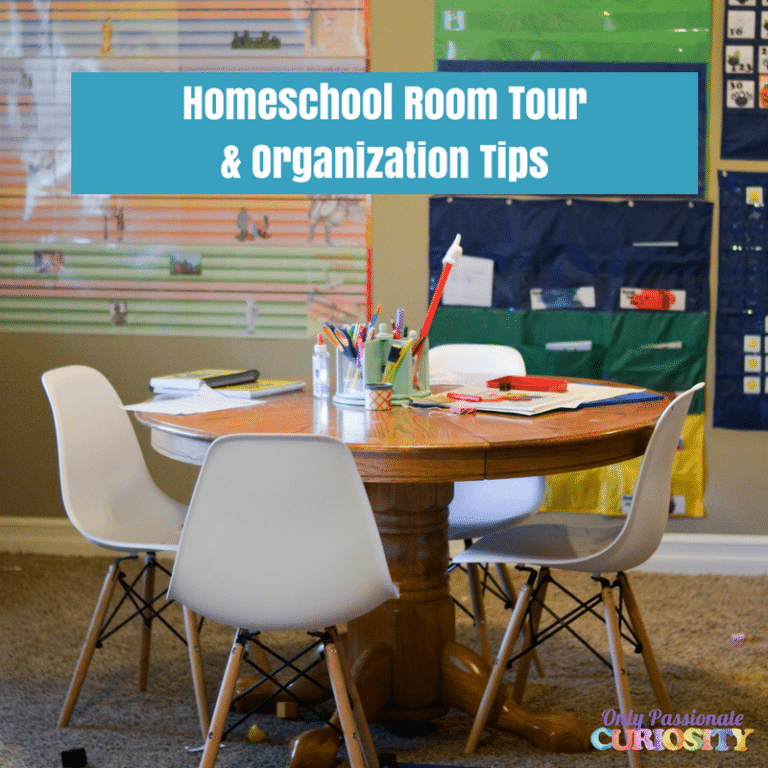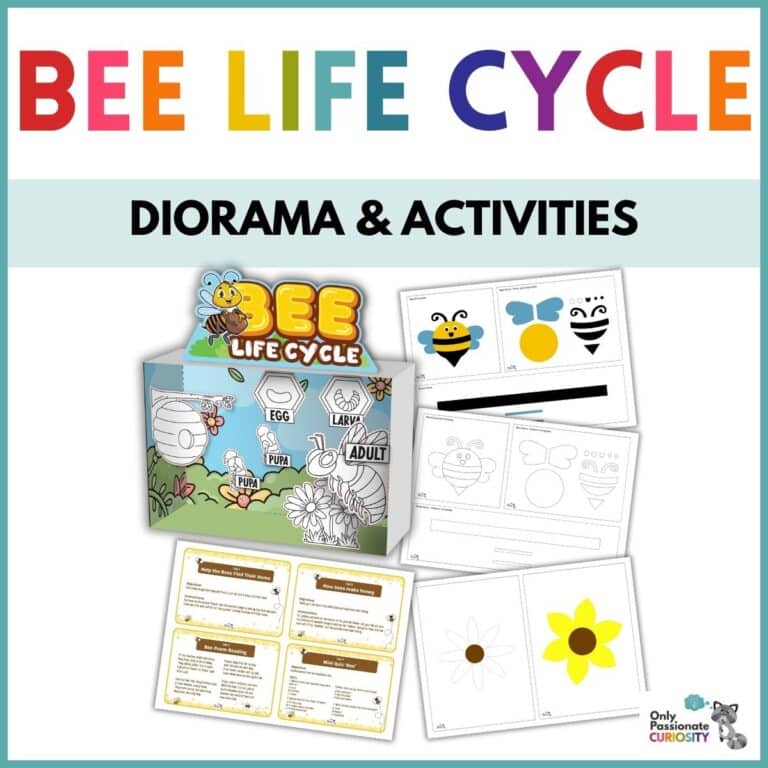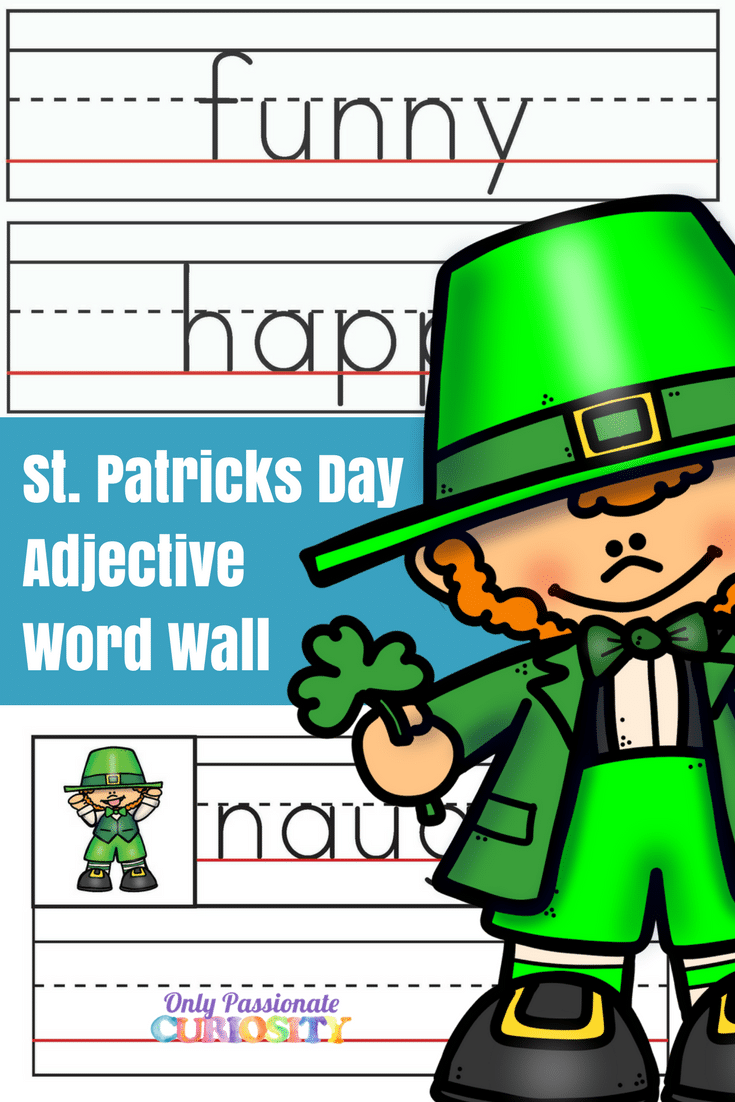5 Fun Ways to Get Young Learners Thinking About Literature
I love children’s books. You can find an abundance of exquisitely illustrated picture books, many which also communicate essential life lessons. Of course, we can’t forget the books that entertain our kids with humorous stories and educate them in fun ways. Ah, yes. Picture books offer so many wonderful opportunities for children. With a little creativity, you can use these books to introduce your children to book reports in a gentle way.
Book reports don’t have to be monotonous, and you don’t want them to be when your kids are young. By using fun activities to get them thinking about literature, you can avoid “I hate book reports!” drama. Here are some fun ways to use picture books to get your kids thinking about literature.
- Make a simple four-part chart. Take a blank piece of paper. Fold it in half. Fold it in half again. Now you have four boxes. In one box write, “The Problem”. In the next box write, “The Solution” These two boxes help your child see that stories usually revolve around a problem and a solution, even if it’s as simple as someone in the story wants an ice cream cone. In the remaining boxes, write two more things you want your child to express. It might be, “A Part I Liked” and “Something I Didn’t Like”. Or, maybe you’ll choose “A Funny Part” and “A Sad Part”. You can write in these boxes whatever you like. For younger children, have them draw pictures. If you want, you can ask your child about it and write a caption for him. Older children who can write can use words instead of pictures. (Drawing is also helpful for kids who have an aversion to writing.)
- Create a commercial. Have your child make a commercial for a picture book. Discuss what things you see in a commercial and what companies do to make you interested in purchasing a product. Then talk about how that might translate into a book commercial. You can even take this an extra step by recording it to show others. If your child is old enough to handle it, establish a time limit to help her learn some time management/public speaking skills.
- Build a scene. Have a Lego brick lover? Let her build a favorite scene from a book. Then have her tell you about it. You could even ask questions to expand comprehension.
- Take a tally. Work your way through a book together and keep a tally on a specific literary element. Perhaps you want to write down all the different words an author uses instead of “said”. Maybe you and your child hunt for how many times the number three shows up throughout the story. Or you and your listeners make a mark for each time foreshadowing appears. This is an easy way to help your student learn about a new literary tool.
- Host a puppet show. Have your child create some puppets that would look like the characters in the story. Then let him act out a scene. This could be simple with brown lunch bags or elaborate, depending on your available materials, time, and patience. If your child is especially creative, ask him to make invitations to the show, writing the invitation as if it is from the character.
There you have it—five fun ways your young child can interact with stories. Of course, with creativity, you and your child can expand on these. Have fun exploring literature together!







